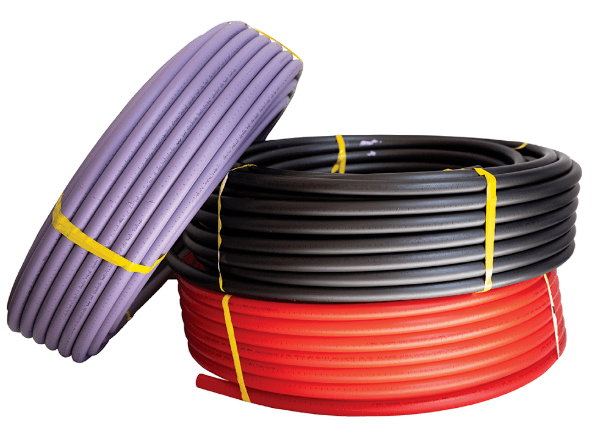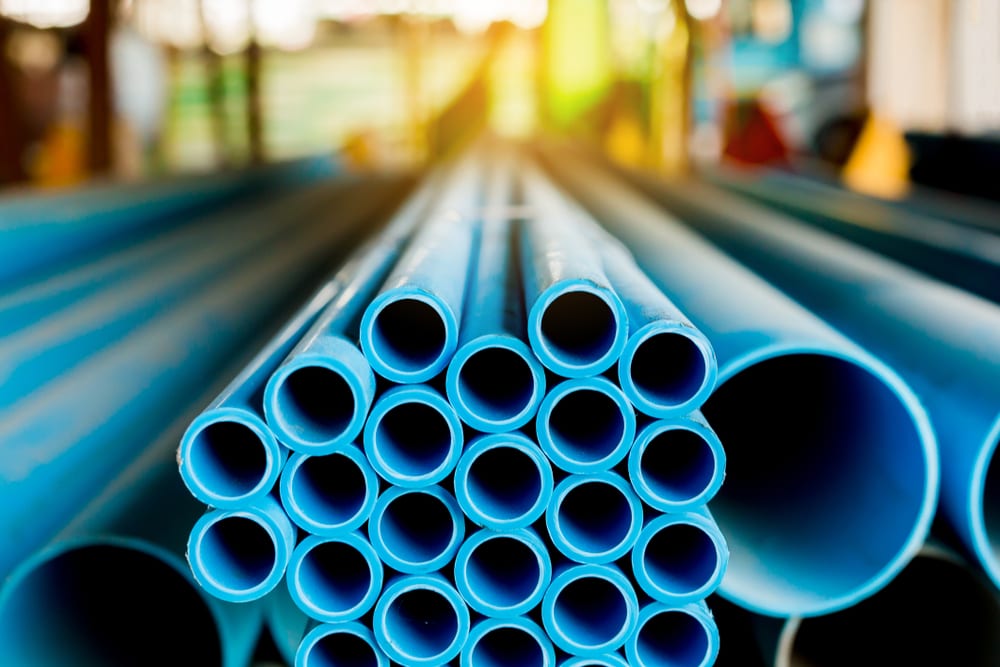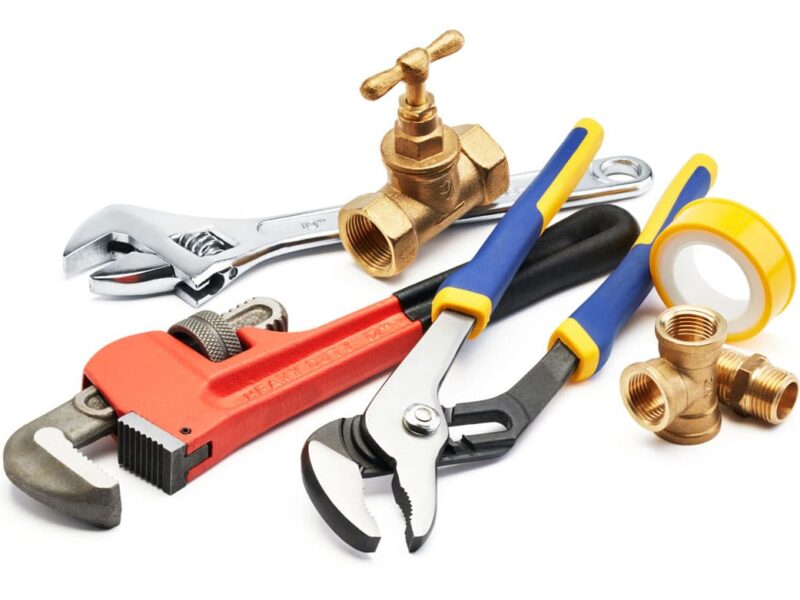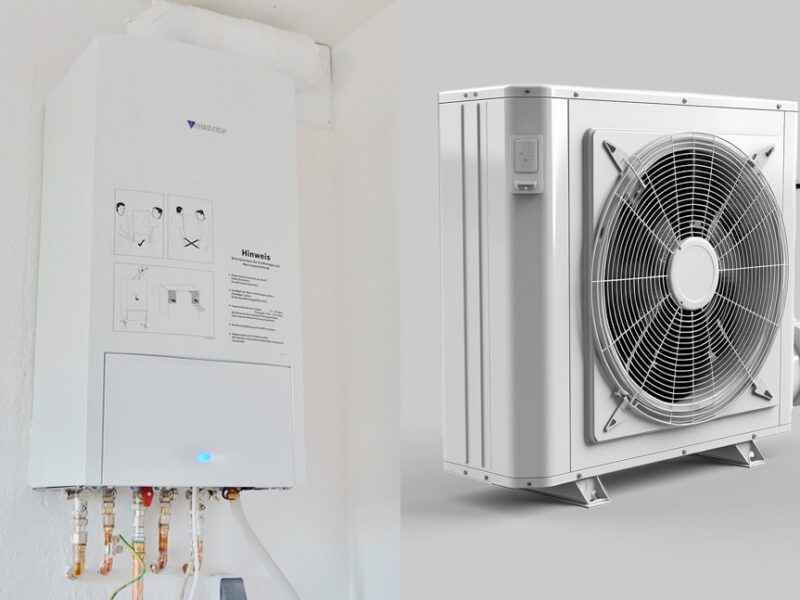Choosing the right pipe material for your home’s plumbing system is crucial for ensuring durability, efficiency, and long-term cost-effectiveness. Different materials come with unique properties that make them more or less suitable for various applications. Here’s a comparison guide to help you make an informed decision by evaluating the most common pipe materials: copper, PEX, and PVC.
1. Copper Pipes
Overview: Copper has been a standard in plumbing for decades, known for its strength, reliability, and longevity.

Durability:
- High Durability: Copper is resistant to corrosion and can last 50 years or more with proper care.
- Temperature Tolerance: It can withstand high temperatures, making it ideal for both hot and cold water systems.
- Pressure Handling: Copper pipes handle high water pressure effectively without deforming or bursting.
Cost:
- Higher Initial Cost: Copper is one of the more expensive pipe materials, which can significantly increase the upfront costs of a plumbing project.
- Long-Term Savings: The durability of copper may offset its initial cost due to fewer repair and replacement needs over time.
Ideal Use Cases:
- Hot Water Systems: Copper is a preferred choice for hot water lines due to its heat resistance.
- Homeowners Seeking Longevity: For those who prioritize a long-lasting plumbing solution, copper is an excellent option.
Pros:
- Resistant to corrosion and bacteria.
- Does not release harmful chemicals.
- Recyclable and environmentally friendly.
Cons:
- Expensive compared to other materials.
- Can be prone to pinhole leaks over time if water is highly acidic.
2. PEX (Cross-Linked Polyethylene) Pipes
Overview: PEX pipes are flexible plastic piping that has become popular due to their ease of installation and affordability.
Durability:
- Flexible and Resilient: PEX can expand and contract, making it resistant to bursts in freezing conditions.
- Chemical Resistance: Resistant to scale and chlorine, which can help extend its lifespan.
- Moderate Lifespan: PEX pipes typically last 30-50 years but may not be as long-lasting as copper.
Cost:
- Cost-Effective: PEX is more affordable than copper, both in terms of material and installation.
- Lower Labor Costs: Its flexibility and ease of installation reduce the time and labor required, leading to lower overall project costs.
Ideal Use Cases:
- Retrofit Projects: PEX is highly flexible and can be snaked through walls without the need for major demolition.
- Cold and Hot Water Lines: It works well for both applications, as it can handle temperature changes without damage.

Pros:
- Easy and quick to install.
- Resistant to freezing due to its flexible nature.
- No soldering or specialized fittings required.
Cons:
- Not UV-resistant, so it should not be used outdoors or in areas exposed to direct sunlight.
- Some concerns over leaching chemicals, though certified PEX is considered safe.
3. PVC (Polyvinyl Chloride) Pipes
Overview: PVC pipes are a popular choice for drain, waste, and vent (DWV) systems due to their affordability and durability.
Durability:
- Highly Durable for Drainage: PVC is corrosion-resistant and has a lifespan of 25-40 years, especially in low-pressure applications.
- Temperature Limitations: Not ideal for high-temperature water, as heat can cause warping or damage over time.
Cost:
- Affordable: One of the most cost-effective options for plumbing, making it popular for budget-conscious projects.
- Widely Available: PVC pipes are easy to find and inexpensive to replace or repair.
Ideal Use Cases:
- Drainage and Waste Systems: PVC is commonly used for drainpipes and vent systems.
- Low-Pressure Water Lines: Suitable for cold water supply lines but should be avoided for hot water due to potential heat damage.

Pros:
- Lightweight and easy to handle.
- Resistant to rust and chemical corrosion.
- Simple installation with solvent welding.
Cons:
- Limited to indoor applications due to potential damage from sunlight exposure.
- Not suitable for hot water supply lines.
Comparing Key Factors
| Feature | Copper | PEX | PVC |
|---|---|---|---|
| Durability | High (50+ years) | Moderate (30-50 years) | Good (25-40 years) |
| Temperature Tolerance | Excellent | Good | Poor for hot water |
| Installation | More complex | Simple and flexible | Simple but specific to DWV |
| Cost | High | Moderate | Low |
| Use Case | Hot water and long-term solutions | Retrofitting, hot and cold lines | Drainage, waste, and cold water supply |
| Pros | Corrosion-resistant, long-lasting | Flexible, freeze-resistant, affordable | Lightweight, corrosion-resistant |
| Cons | Expensive, potential pinhole leaks | Not UV-resistant, potential chemical concerns | Not suitable for hot water, sun-sensitive |
Choosing the Right Material for Your Plumbing Needs
Consider Copper If:
- You prioritize durability and long-term investment.
- Your budget allows for higher upfront costs.
- Your plumbing system requires high heat tolerance.
Choose PEX If:
- You need a flexible, easy-to-install solution for retrofit projects.
- You want a balance between cost and durability.
- You’re looking for a pipe that can handle both hot and cold water effectively.
Opt for PVC If:
- You’re focusing on drainage or low-pressure water supply systems.
- You need an affordable solution for indoor plumbing.
- Your project is not exposed to high temperatures or direct sunlight.
Conclusion
Selecting the right pipe material for your plumbing needs involves balancing cost, durability, and the specific requirements of your project. Copper pipes offer unmatched durability and heat resistance but come at a higher price. PEX pipes provide flexibility and ease of installation at a moderate cost, making them ideal for various plumbing tasks. PVC pipes are the most budget-friendly option and excel in drainage and cold water applications. Understanding these materials’ strengths and limitations will help you choose the best solution for your home’s plumbing system.


